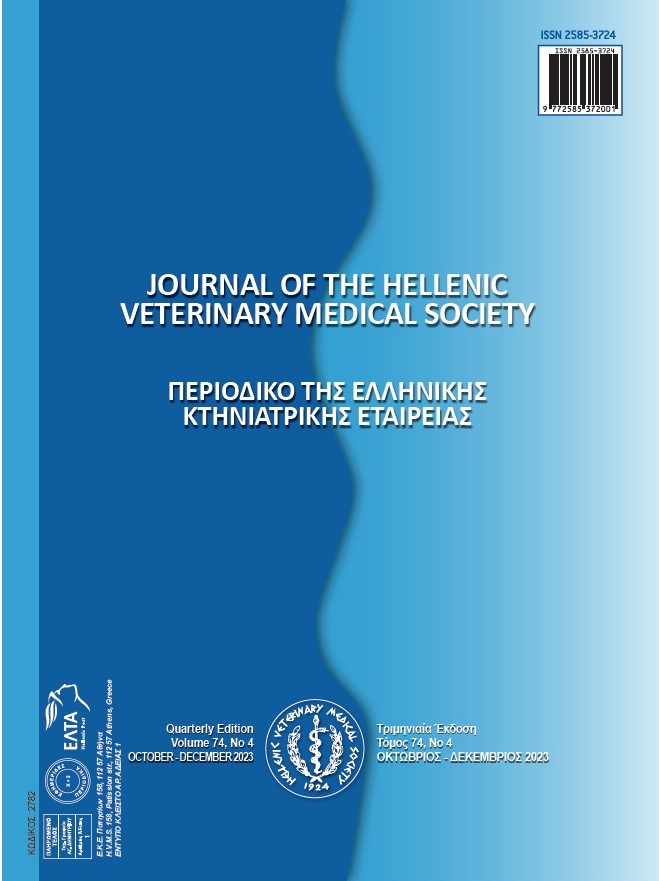In vitro probiotic properties of enterocin-producing Enterococcus mundtii and Enterococcus faecium strains isolated from sheep and goat colostrum
Resumen
The aim of this study was to investigate the in vitro probiotic properties of enterocin-producing 11 E. mundtii and two E. faecium strains previously isolated from sheep and goat colostrum. It was determined that only E. mundtii HC26.1, HC56.3, HC73.1, HC73.2, HC147.1, and HC166.5 survived after 3 hours at pH 3. Survival rates of E. mundtii HC26.1, HC56.3, HC73.1, HC73.2, HC147.1, and HC166.5 strains were calculated as 27.98%, 27.43%, 29.16%, 25.89%, 25.66%, and 29.61%, respectively. However, none of them survived in artificial gastric juice. The survival rates of Enterococcus strains in MRS broth containing 0.3%, 0.5%, and 1% bile salt were found to be at least 47.42±0.74%, 41.63±1.41%, and 17.15±0.00% after 24 hours, respectively. It was determined that all of the strains were grown in a medium containing lysozyme and tolerated the presence of phenol. All of the strains showed taurodeoxylic acid and glycodeoxycholic acid (except for E. faecium HC161.1) hydrolase activities. All strains except E. faecium HC161.1 showed over 40% hydrophobicity. After 24 hours, the autoaggregation and coaggregation values of the strains were found to be between 34.33-49.17% and 24.78-46.47%, respectively. As a result of the study's findings, it is believed that Enterococcus strains might be employed as probiotic cultures if microencapsulation increases their resistance to the harsh conditions of the stomach.
Article Details
- Cómo citar
-
Öztürk, H., Geniş, B., Özden Tuncer, B., & Tuncer, Y. (2024). In vitro probiotic properties of enterocin-producing Enterococcus mundtii and Enterococcus faecium strains isolated from sheep and goat colostrum. Journal of the Hellenic Veterinary Medical Society, 75(1), 7099–7110. https://doi.org/10.12681/jhvms.34157
- Número
- Vol. 75 Núm. 1 (2024)
- Sección
- Research Articles

Esta obra está bajo una licencia internacional Creative Commons Atribución-NoComercial 4.0.
Authors who publish with this journal agree to the following terms:
· Authors retain copyright and grant the journal right of first publication with the work simultaneously licensed under a Creative Commons Attribution Non-Commercial License that allows others to share the work with an acknowledgement of the work's authorship and initial publication in this journal.
· Authors are able to enter into separate, additional contractual arrangements for the non-exclusive distribution of the journal's published version of the work (e.g. post it to an institutional repository or publish it in a book), with an acknowledgement of its initial publication in this journal.
· Authors are permitted and encouraged to post their work online (preferably in institutional repositories or on their website) prior to and during the submission process, as it can lead to productive exchanges, as well as earlier and greater citation of published work.




